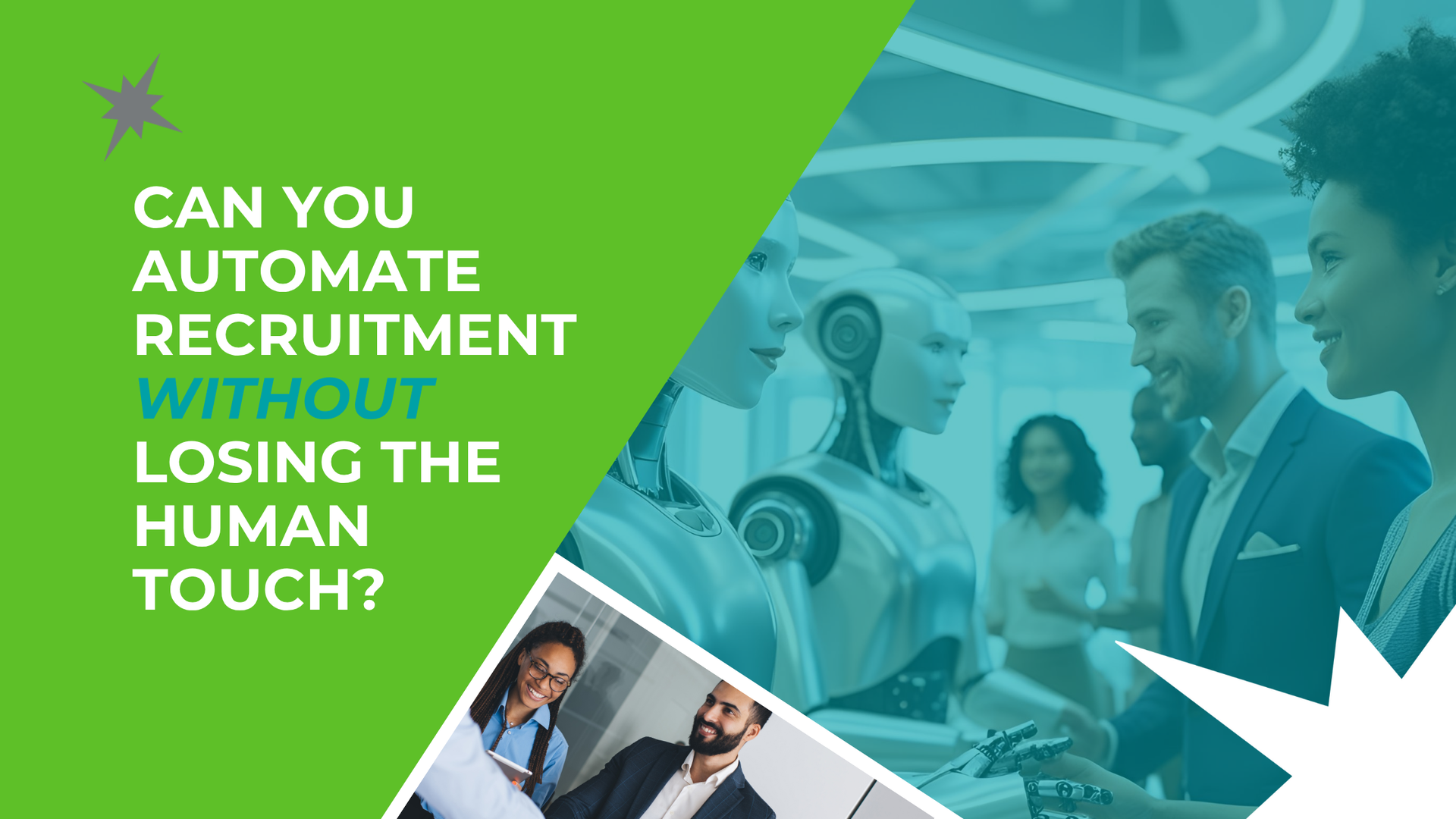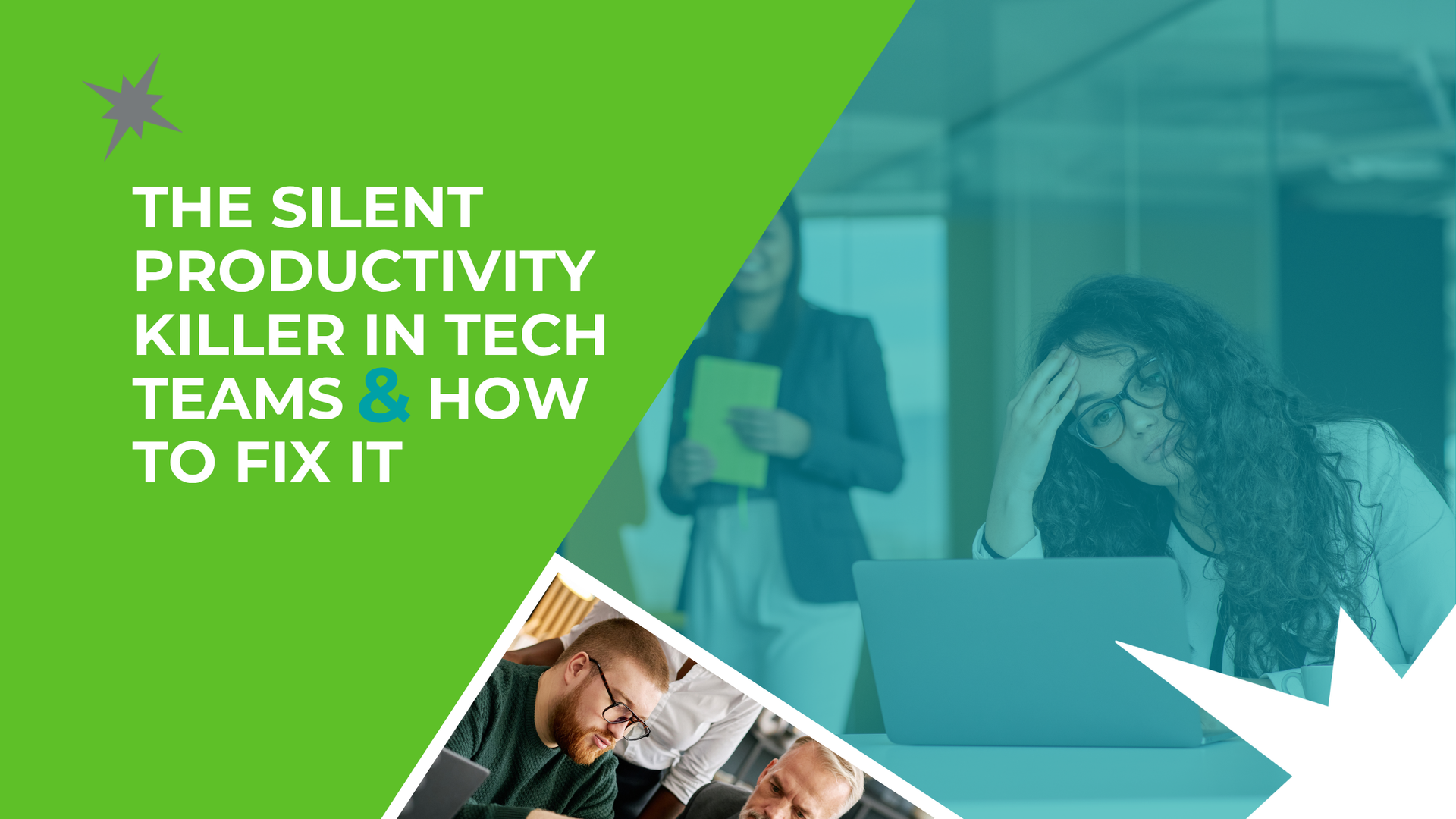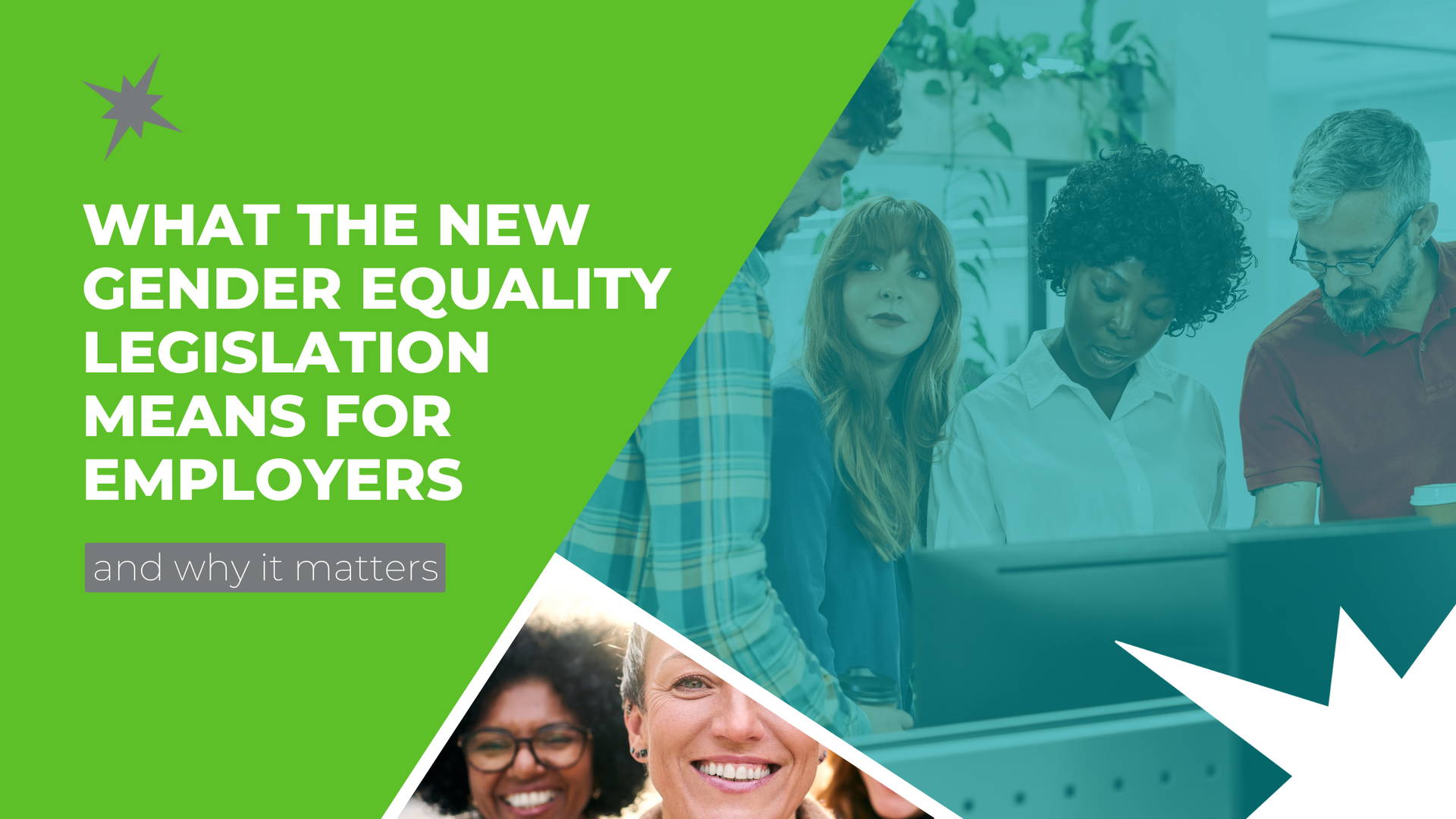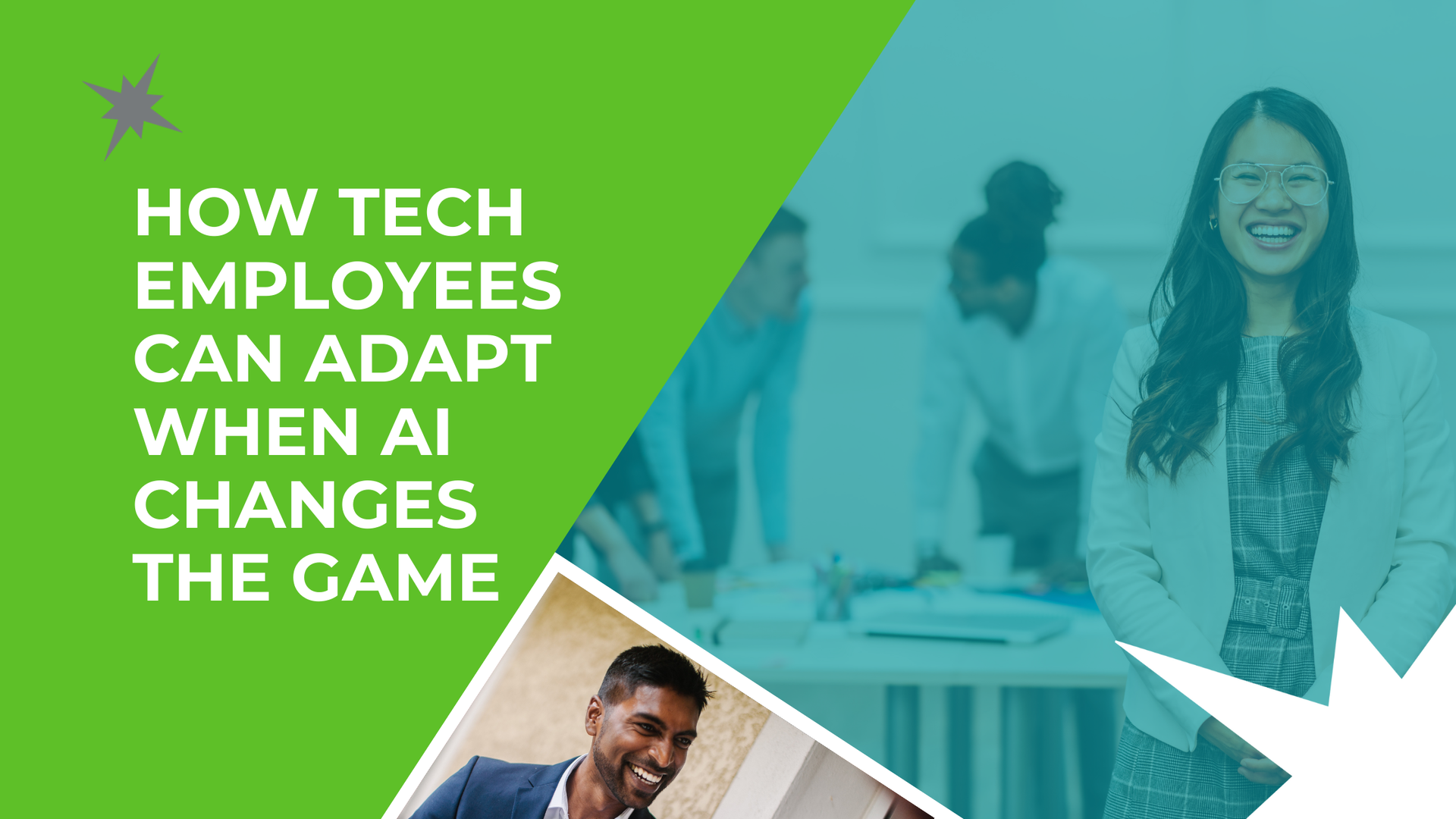News & Insights
< Back to Blogs
The Two Key Things That Make a Great Employee

What makes a great employee? When looking at the people in your office that you’ve come to know and respect, it can probably be broken down into two critical characteristics: technical ability and cultural fit.
It might seem obvious on the surface, but these are the two key components that change just another employee into a really great IT or Transformation professional. However, take a step closer and you’ll find more to technical ability than being able to code and that cultural fit is not just about passing the ‘beer test’. Here’s why.
Honing In on Technical Ability
Technical ability is crucial. A link to someone’s GitHub account is great, but it doesn’t tell you how they would actually perform in the role. Adopt a structured and concise approach to questioning, to find the specific and tangible examples of what the candidate has (and hasn’t) done in their previous IT or Transformation roles. Ask what they were personally responsible for and what their key achievements are and ask for examples of challenges they faced and how they overcame them.
As you carry out the interview, watch out for any red flags. When it’s balanced with ‘I’, using ‘we’ and ‘my team’, it can demonstrate that someone is a team player and acknowledges the work of others. However, if this language is overused, it can indicate that the candidate played a minor role or that they don’t take full accountability for their contributions. Also, watch out for vague answers that don’t directly address the questions themselves.
Technical tests can be a great way to get to the bottom of a candidate’s skill level and prove that they are capable of fulfilling the position. However, the thinking and approach behind the technical ability is just as important. On-the-spot questions and whiteboard exercises are a great way to achieve this, instead of sending them away with an exercise complete. An IT or Transformation specialist recruiter like Enterprise IT Resources will carry out a full screening of candidates, to help verify that candidates presented to you are as skilled as they say they are.
There is also another key point to consider, which has more impact on technical ability than people often give it credit for: motivation. Ask questions to find out whether the candidate is intrinsically motivated by the work that they do, or if they’re extrinsically motivated by other factors (such as money). Those with intrinsic motivation are more likely to want to continue to develop their skills and thrive in their role long-term. This means that they’ll continue to add value to your company for years to come, often rising up through the ranks.
Figuring Out Culture Fit
Over the last 15 years, we’ve seen a shift in thinking when it comes to IT & Transformation recruitment and organisations have started to focus on hiring people who fit into their culture rather than just focusing on their skill set. And rightly so. Ultimately, you can teach someone skills, and their experience will come over time, but attitude and personality are much harder to change. However, there’s more to culture fit than just finding someone who you would enjoy having a beer with.
When you’re looking to hire people, you want to seek out certain behaviours and personality traits. Asking behavioural questions is one way to do this, but another is to ask about a candidate’s interests outside of work – do their interests and personality align with the kind of traits you’re looking for? For example, interests that require structure or discipline (such as martial arts or triathlons) can demonstrate behaviours that are necessary within a highly pressured environment. It’s not a bulletproof approach of course, but it’s fair to say that people who partake in such activities will tend to be focused, hard working and naturally driven to push themselves (else they would quit under the pressure and stress). We’ve also seen a trend in technology organisations asking candidates what side projects they have underway, as an increasing number of companies are viewing this as a favourable attribute.
It’s also important to keep in mind that an interview is a two-way process. In addition to thinking about how the applicant will fit in with your organisation or technology team, you also need to think about whether the opportunity will be right for them. Find out what they’re looking for in their next role and be honest about what the role entails. What will they be doing? What manager will the person be working for? Do all of these things add up to a good fit?
When it comes to culture fit, motivation is once again key. The goal is to find people who genuinely enjoy their work, share your vision and are proud to work for your company. Andy Hertzfeld, one of Apple’s first software engineers, explained how Apple would find great talent. He said that during the interview process the team would show the candidate the Macintosh prototype and watch how they reacted. If the candidate didn’t react, the Apple team knew it was a no. But if their eyes lit up, Hertzfield said, “then we knew they were one of us”.
Closing Thoughts
There is certainly a lot to consider when looking at technical ability and cultural fit. However, if you build a business with team members who have these skills, you have the foundations for a very successful business.
If you would like any support with finding your next great IT or Transformation employee in Sydney, please do not hesitate to contact the team at Enterprise IT Resources.
Share This Article
Recent Articles
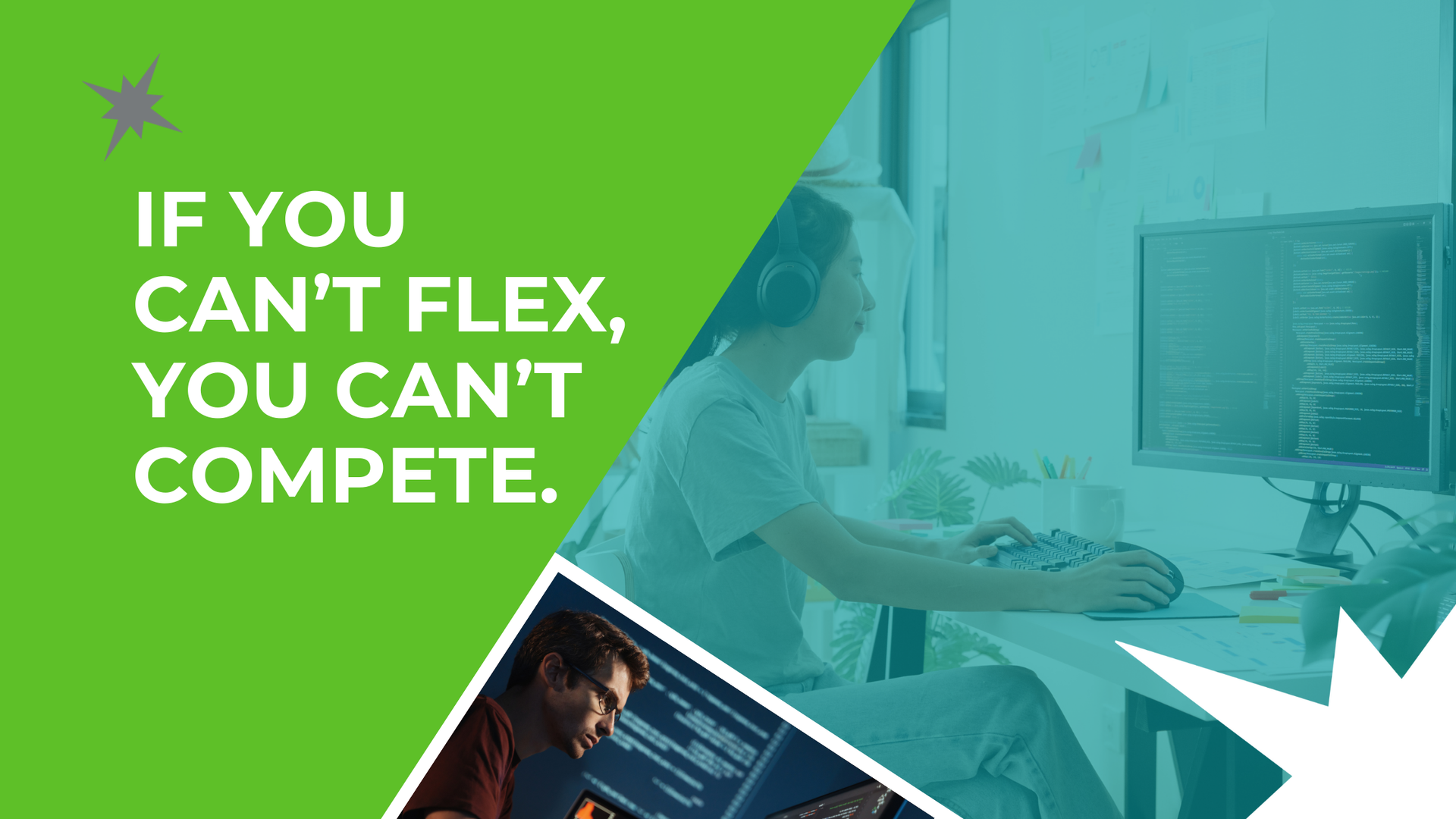
Filter By Category
Subscribe to our News & Advice

